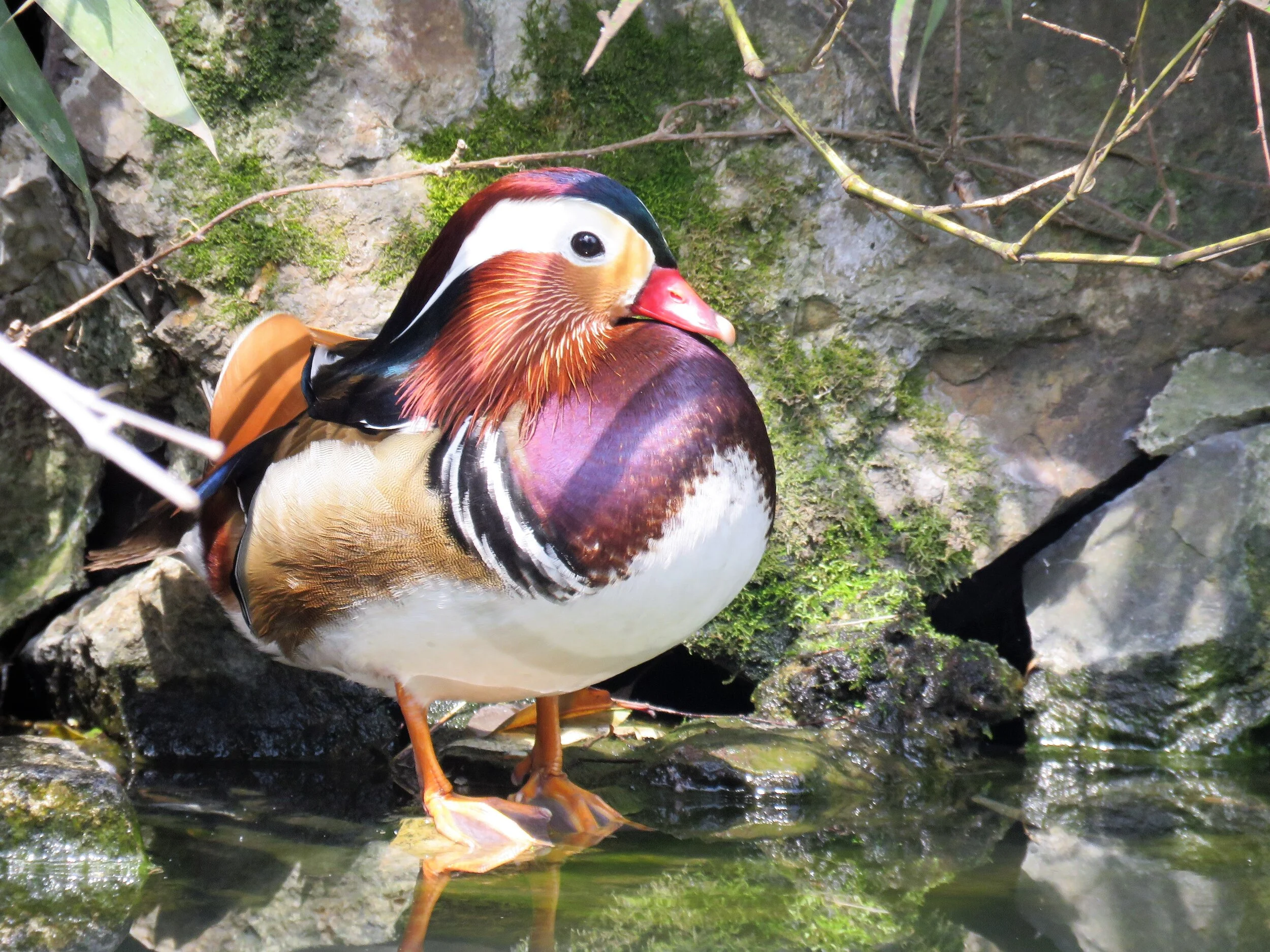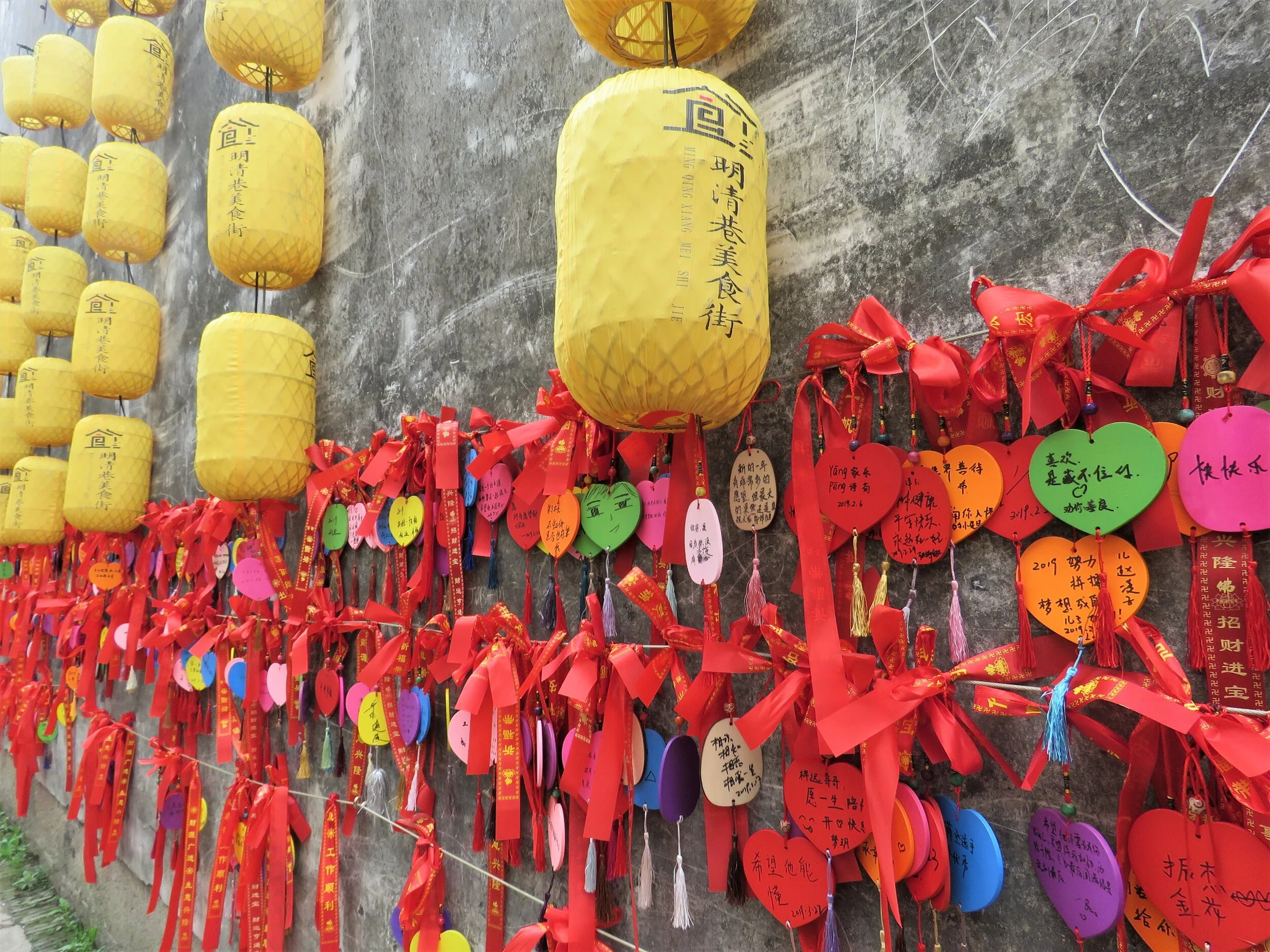Discover the Venice of China
The full story first appeared in Luxury Travel Advisor.
Suzhou (“soo-joe”), the "Venice of China," is a national treasure, but not well known to Western tourists-yet. Just 60 miles from Shanghai, it dates back 2,500 years and is home to some of the country’s most spectacular UNESCO classical gardens, canals, and ancient water towns. On a six-day adventure with Visit Suzhou, I recently discovered this well-kept secret deserves far more than a day trip.
Arriving at Shanghai Pudong International Airport, I was met for a 90-minute private transfer to the upscale Pan Pacific Suzhou (note the bullet train shaves travel time down to 30 minutes).
Modeled after a classic pagoda, the hotel has a secret entrance to one of the city’s lovely public gardens. I soon savored my early morning strolls to watch the locals gather for tai chi, choir practice, and quiet meditation outdoors.
Imperial Gardens and Suzhou Museum
After a lavish East-meets-West breakfast buffet, we headed to the Humble Administrator’s Garden, one of China’s finest gardens. Our guide Sophia explained that the Chinese garden is a great intro to traditional culture, architecture, and design. Symbolism is everywhere, from the romantic footbridges, waterways, and pavilions dating back to 1509 during the Ming Dynasty.
Next door, the modern Suzhou Museum stood in striking contrast. Designed by renowned architect and local resident I.M. Pei, its architecture and outdoor koi pond were as much of a draw as the ancient artwork inside.
Lunchtime was a thrilling chance to navigate the busy streets by rickshaw to a traditional eatery along the canals of Pingjiang Road. Whitewashed homes, tea houses, silk shops, and snack stalls lined the cobblestone walkway.
The Magic of Tongli
A visit to Suzhou isn’t complete without a day trip to Tongli, an ancient water town where time appears to stand still. Gliding along the tree-lined canals in gondolas, we got a glimpse of rural life from 1,000 years ago. It’s one of China’s most Instagrammable places and easy to see why.
Silk Roads and Chinese Opera
Historically, Suzhou residents made their wealth in silk, a tradition that continues today. At the Silk Embroidery Institute, we watched skilled craftswomen stitch works of art. It takes an apprentice 10 years to master her craft and is a career commitment.
Another highlight was our intro to Kun opera, another Suzhou tradition. While sipping green tea in a centuries-old playhouse, we watched the story of two star-crossed lovers unfold. Before the performance, we were taken backstage to see the actors transform from their street look to Imperial royalty.
Dining here is family-style. Lake fish is a Suzhou specialty. Vegetarians will love the incredible local produce. Meals were served on a Lazy Susan which made sampling the variety of dumplings, seafood soups, delicate vegetables, and the local “sweet and sour squirrel fish” (because of its shape) a culinary adventure.
Suzhou is attracting higher-end international hotel chains. I really enjoyed the rooftop bar and sweeping views at the hip W Hotel and the massive suites at the five-star Italian Lamborghini Hotel. Thanks to Suzhou, my first taste of China will not be my last.












